While basketball is transitioning into more of a positionless game, there are still basic guidelines for each position on the floor.
Every position serves a specific role, has strengths and weaknesses, and fits into the overall scheme of a gameplan.
Here’s a look at the main positions on a basketball floor along with a glance at several hybrid positions.
What Are the 5 Positions in Basketball?

Point Guard (#1 or PG)
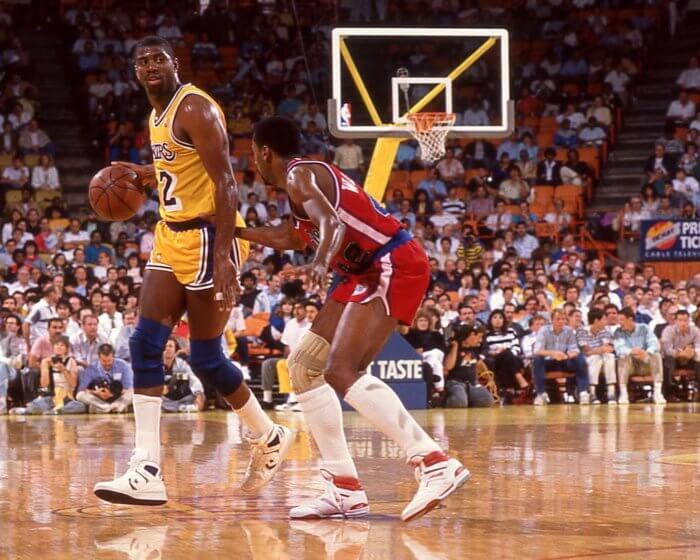
Average Height in the NBA: 6’ 2½”
Average Salary in the NBA: $10.8M
Famous Examples: Magic Johnson, John Stockton, Jason Kidd, Chris Paul, Kyrie Irving
What Does a Point Guard Do?
The point guard is the quarterback of the basketball team. On most teams, the point guard runs plays, leads the offense, and directs traffic. The ball is in this player’s hands more than anybody else on the team.
Typical Strengths & Weaknesses
Typically, the point guard is the best ball handler, passer, and decision maker on the team. Since they will have the ball so much over the course of the game, they need to be able to maintain possession without turning it over to the other team.
It’s not always the case, but point guards are often the smallest players on the floor.
Importance & History of the Position
The point guard is one of the most important positions on the floor. When you look at any championship team, they almost always have a highly capable point guard serving as floor general.
The point guard position has evolved as the game has evolved. While point guards used to always be small, it’s not surprising to see 6’6’’+ point guards on college and NBA rosters.
For Coaches: How to Develop Your Point Guards
There are a few ways a coach can develop their point guards:
Give them opportunities to lead.
Make them captains, ask them for their input, hold meetings specifically with them to gauge the team, let them make decisions for the team
Provide them playbooks to study.
Give them the opportunity to understand EVERY position on the floor. It is impossible to lead everyone if you do not know where everyone should be.
Develop ball handling and passing skills.
Point guards should be working daily on tightening their handle and throwing great passes.
Shooting Guard (#2 or SG)
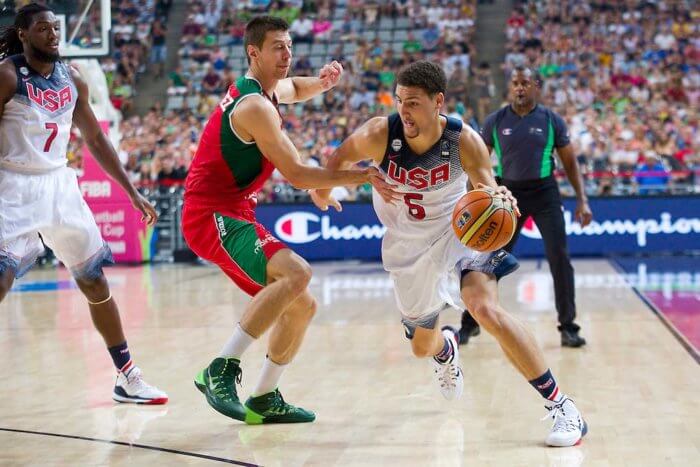
Average Height in the NBA: 6’ 4½”
Average Salary in the NBA: $7.9M
Famous Examples: Michael Jordan, Ray Allen, Kobe Bryant, Reggie Miller, Klay Thompson
What Does a Shooting Guard Do?
Typically, the shooting guard is the best shooter on the floor. This is a player who can consistently hit three pointers and is an offensive threat.
Typical Strengths & Weaknesses
The shooting guard is exactly what the name implies - a strong shooter.
Sometimes, shooting guards are stereotyped at having the weakness of ONLY being able to shoot. They aren’t typically viewed as drivers and slashers.
Importance & History of the Position
It’s highly important to have players on the floor who can shoot. Shooters help spread the floor, give the defense more ground to cover, and make things easier for other players to get to the rim.
The shooting guard position, like other positions, has evolved with time. More and more shooting guards are becoming a threat to drive the ball and finish at the rim. This makes them even more difficult to defend.
For Coaches: How to Develop Your Shooting Guards
The first way to develop a shooting guard is to continue working on their shooting. You can never be too good of a shooter! Coaches might even consider working with shooting guards on increasing their range so they can shoot from further away.
Another thing to develop with shooting guards is ball handling and finishing ability. If a shooting guard can hit open 3s AND drive/finish, they will be very hard for the opponent to defend.
Small Forward (#3 or SF)
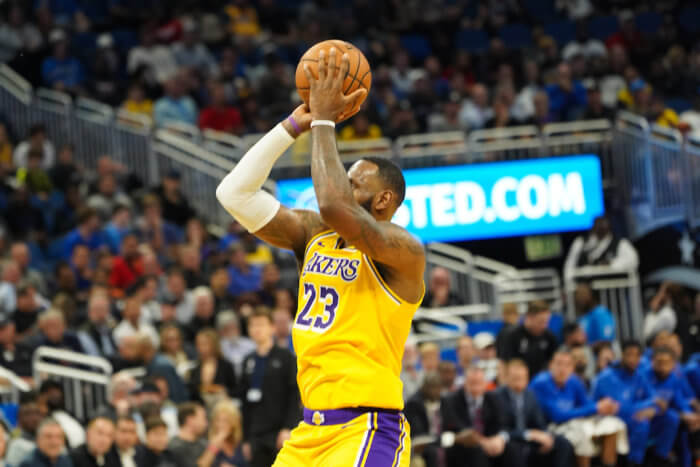
Average Height in the NBA: 6’ 6 ½”
Average Salary in the NBA: $7.5M
Famous Examples: Lebron James, Larry Bird, Kevin Durant, Julius Erving, Dominique Wilkins
What Does a Small Forward Do?
The small forward is more of a slashing and driving position. This player is typically a little taller than the shooting guard and better at creating their own shots. They are almost a hybrid position - this is why some of the best players in the history of the game are multi-dimensional forwards.
Typical Strengths & Weaknesses
Typically, the strength of a small forward lies in their ability to get to the rim and finish. They are typically very athletic and explosive.
A common weakness in the small forward is a lack of shooting ability. Also, small forwards are sometimes between being a guard and a forward. This can make their skillset awkward at times.
Importance & History of the Position
This is an important position because the more pressure you can put on the rim, the better your offense will be. Small forwards can help put pressure on the rim by slashing and driving (and hitting the offensive glass).
Today’s small forwards are more multi-dimensional and skilled than small forwards in the past. Outside of maybe the point guard, small forward is the most skilled position on the court. In today’s game, the small forward must be able to handle the ball, shoot it well, get to the rim, and defend all 5 positions on the floor.
For Coaches: How to Develop Your Small Forwards
The best way to develop your small forward is by making them as versatile as possible. It's a position that needs to be able to do it all: run the offense, get rebounds, defend a guard, drive to the rim, and shoot it consistently. Find weak points in those areas and work to develop them into a more well-rounded player.
Power Forward (#4 or PF)
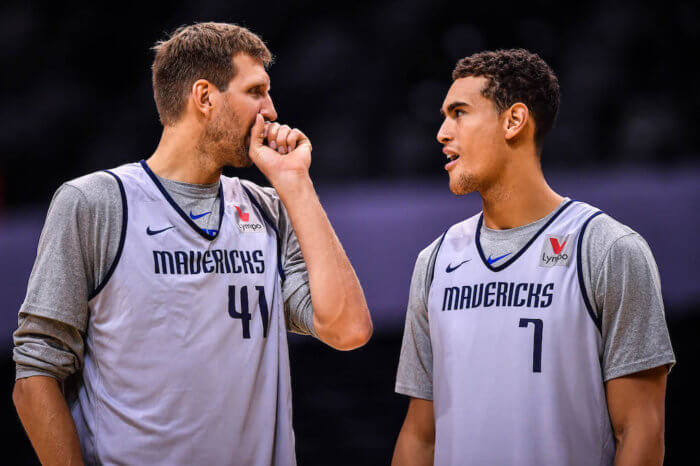
Average Height in the NBA: 6’ 8”
Average Salary in the NBA: $9.2M
Famous Examples: Charles Barkley, Dirk Nowitzki, Kevin Garnett, Karl Malone, Anthony Davis
What does a Power Forward Do?
The power forward is commonly known as either an enforcer or a stretch 4 (a big man who can shoot the 3). Their responsibilities lie in defending post players, being an offensive threat inside and outside, and cleaning up the glass with rebounds.
Typical Strengths & Weaknesses
Typically, a power forward plays with force and strength inside the paint. They can sometimes shoot, but are primarily used inside the paint.
Their weaknesses are that they can’t play both inside and outside. Commonly, a power forward who can shoot does not mix it up inside very well. Or a power forward who uses their strength can’t shoot it very well.
Importance & History of the Position
The power forward is very valuable because players at this position can do a lot of things well. They rebound, defend, score inside, and score outside. In today’s game, there aren’t as many bruisers, but the power forwards are more skilled. It is difficult to guard a 6’10’’ forward who can shoot and drive.
For Coaches: How to Develop Your Power Forwards
It is rare for power forwards to be able to both score inside and score outside. If you have a power forward who can only shoot the ball from 3, work on developing a few go-to post moves inside. If your power forward is only good inside, work on developing a shoot and ball handling skills with them.
Center (#5 or C)
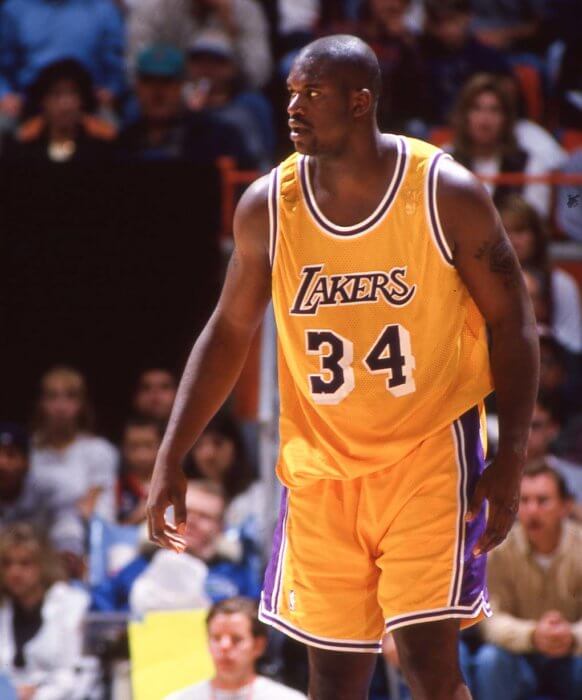
Average Height in the NBA: 6’ 10¼”
Average Salary in the NBA: $7.7M
Famous Examples: Wilt Chamberlain, Shaquille O’Neal, Kareem Abdul Jabaar, Hakeem Olajuwon, Bill Russell
What Does a Center Do?
The center is usually the biggest player on the floor. Their main responsibilities lie in protecting the rim, rebounding, and scoring from the post. They are also a primary screen setter in the offense.
Typical Strengths & Weaknesses
Typically, a center is able to score with their back to the basket with high efficiency. They are also strong rebounders. The center position does not normally feature great shooters or ball handlers. They are also often the slowest position on the floor.
Importance & History of the Position
The center position is important because they do a lot of the dirty work that makes teams successful. They rebound, they help defend, they enforce. In recent history, just like other positions, centers have started to move away from being brute enforcers towards more polished and skilled basketball players. Centers now, on the highest levels, can step out and shoot from the perimeter, defend guards, and even handle the ball effectively.
For Coaches: How to Develop Your Center
To develop the center position, first make sure your player can complete basic finishes at the rim. After that, extend their range to 15 feet and eventually the 3 point line. If a center can shoot the ball AND play inside, they will be a force to be reckoned with.
Bonus: The 6th Man
Famous Examples: John Starks, Jason Terry, Toni Kukoc, Tyler Herro, Lou Williams
Role & Responsibilities
The 6th man is the first player off the bench as a substitute. This is a player that probably could start, but for some reason they aren’t. The 6th man provides a spark and energy off the bench for their team and can play any position.
Typical Strengths & Weaknesses
A typical strength of the 6th man is their ability to provide energy off the bench. The best 6th men provide no drop off when they come into the game.
Importance of the Position
This position is important because teams do not want to have a drop off in talent when they make substitutions in games. Coaches also like this to be a versatile player who can play multiple positions.
Hybrid positions
The “Point Forward” is a taller forward who can also run point guard, handle the ball, direct the offense, and make good decisions. These are players like Lebron James, Magic Johnson, and Scottie Pippen.
The “Scoring/Score First Point Guard” is a point guard who, while being responsible for running the offense, also looks to score plenty of points on their own. Their main focusing is scoring, not merely setting teammates up. These are players like James Harden, Allen Iverson
The “Combo Guard” is a guard who can both run the point guard position and shooting guard position. This player is interchangeable with each position.
The “Stretch 4” is a power forward-type player who can also shoot the ball from the perimeter. They are typically used in ballscreen situations or transition as shooters coming into the play late. They are difficult to defend because they can play both inside and outside. Some examples of Stretch 4 players are Dirk Nowitzki, Kevin Garnett, and Chris Bosh.

Founder of thehoopsgeek.com. A passionate basketball enthusiast and coding geek, Andy combines a love for sports with technology.

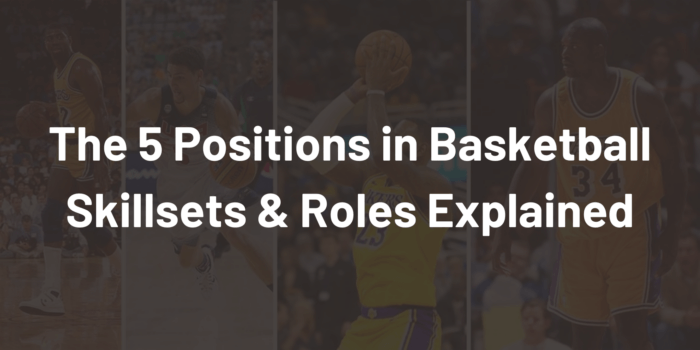
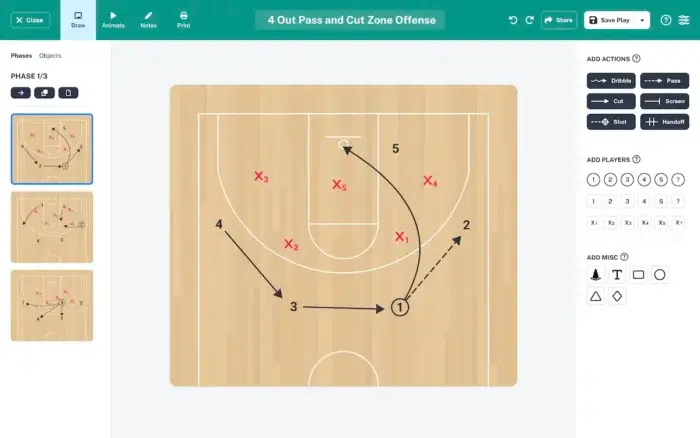
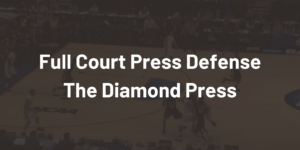
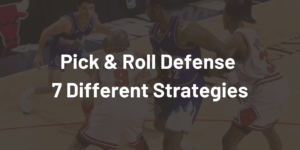
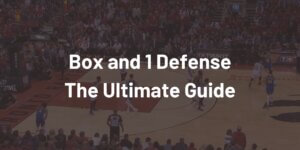
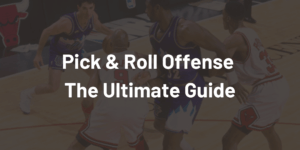
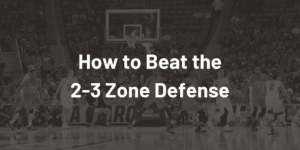

Pingback: How to Draw & Read Basketball Plays
Well, I’m just getting to know basketball